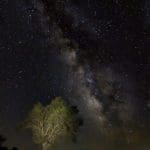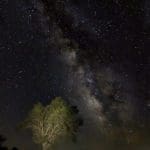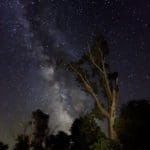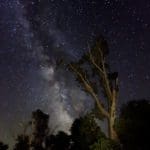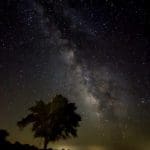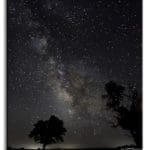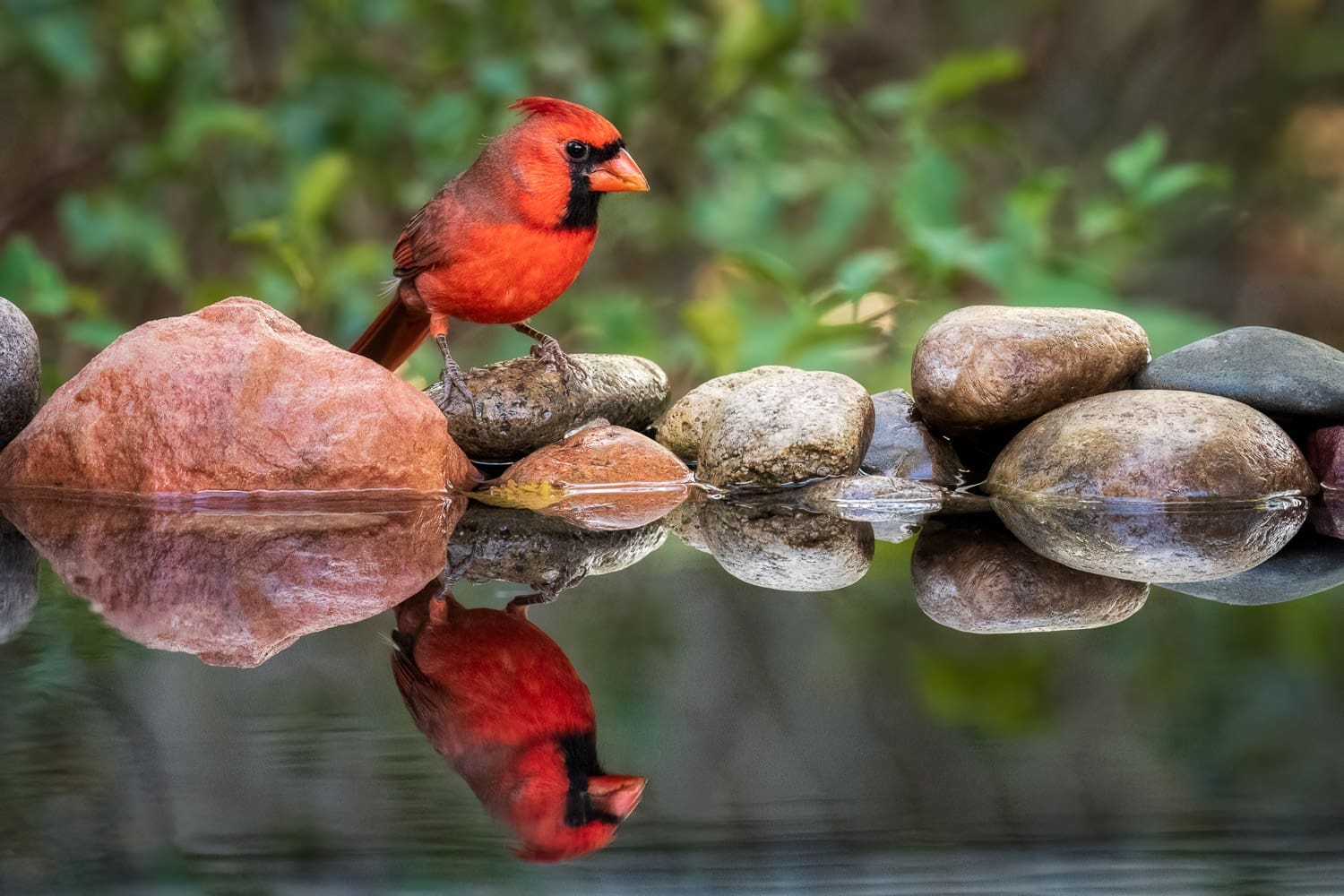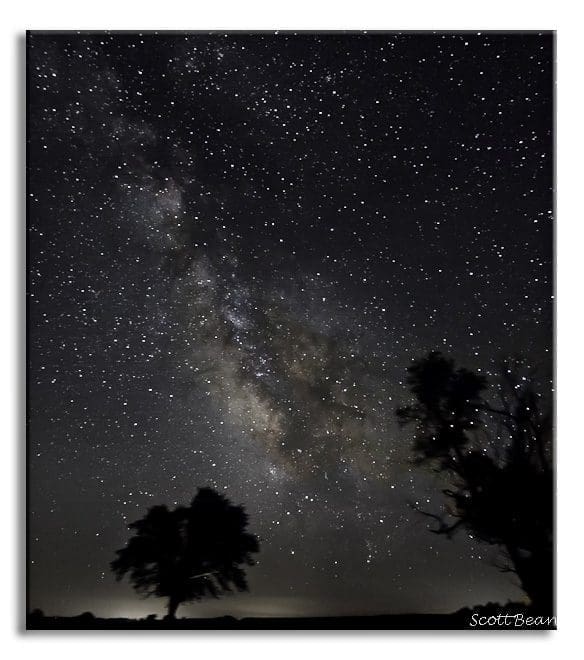
“No sight is more provocative of awe than is the night sky.” ~Llewelyn Powys
There is something magical about the night sky. Looking up at all those stars is just fascinating and bewildering at the same time. Trying to comprehend the how far away they all are, how big space is, wondering what might be out there…I will never get tired of star gazing.
To really be ‘awed’ by the night sky though you need to be out where it is dark…even more so if you want to try and photograph the stars. Unfortunately it is getting hard to find truly dark sky. Many people might think they have dark skies, but if you live in or near a town, chances are you don’t. I’m fortunate to be within a 45 min drive of some dark places and a great resource to help you locate dark skies near you is the Dark Sky Finder. This website overlays light pollution data with Google maps so you can locate areas of truly dark skies. I used it to find the area the photos in this post were taken. Another great resource for night photography is the Clear Sky Charts. This website provides predictions on cloud cover, humidity, and viewing conditions. The few times I’ve used it it has been very accurate. I’ve also found Stellarium to be very helpful. This is free planeterium software and will help you find what is up in the night sky to photograph. So find yourself some dark sky, a clear night when the moon is not up and head out for some “awe”.
It doesn’t have to be complicated to photograph the stars. Put your camera on a tripod, set the f-stop as low as you can (ideally 2.8 or less), crank up the ISO, set the shutter to 10-30″ and fire away. Wide angle lenses will let you shoot longer before you start to notice the stars rotating as the sky ‘moves’. I’ve had good luck with 15-30″ exposures with 16-20mm lens (35mm equivalent). Again, you need to be out where it is really dark, any light pollution is going to be recorded and will really light up a 30″ exposure. There are a lot of great resources on the internet to help you get started photographing the stars. Once you get the hang of single exposures, you can start “stacking” exposures to record even more stars. All of the shots in this post are stacks of three to five 30″ exposures. Another fun thing to try is light painting where you use a light source (in the case of these photos, a flash light) and “paint” foreground objects during the exposure.
The next new moon is coming up August 9th…

